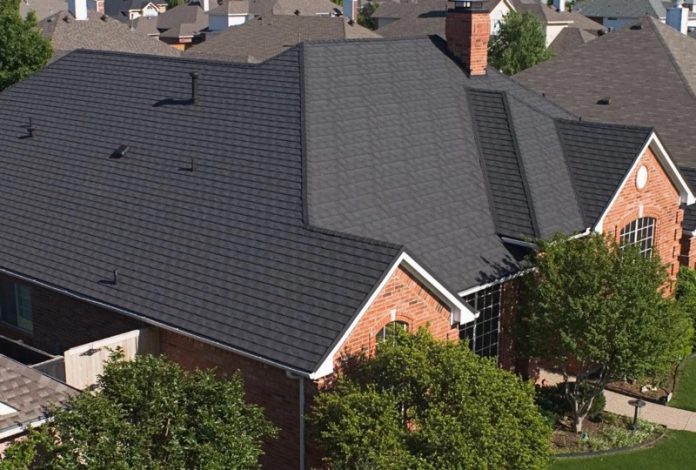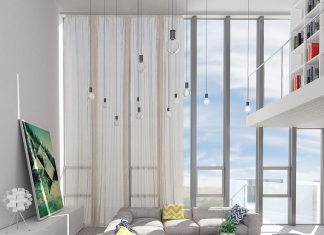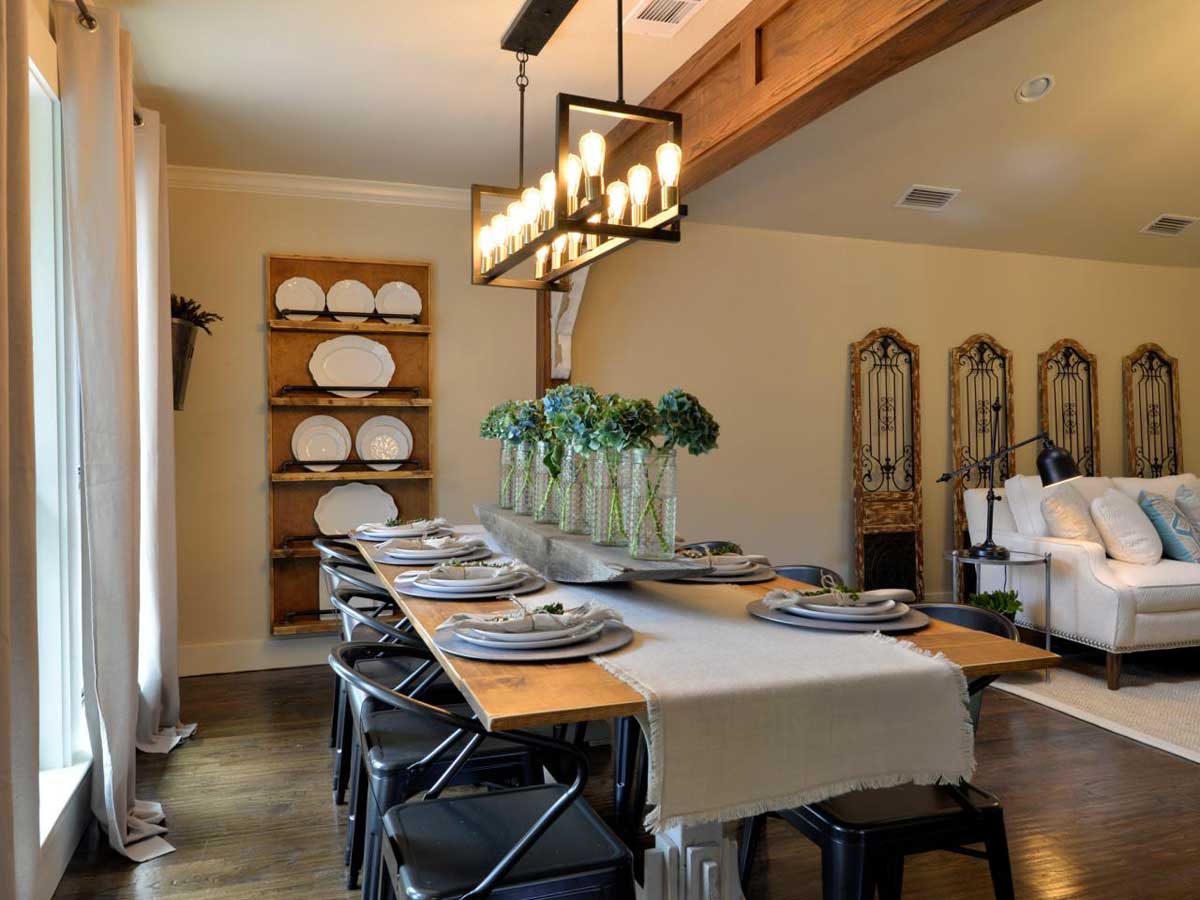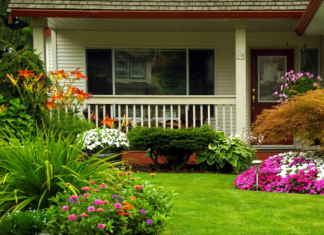Flat roofs have become increasingly popular in modern architecture due to their sleek design and functional advantages. They are commonly found on commercial buildings, modern homes, and even some traditional residences. However, like any roofing system, flat roofs have their own set of pros and cons. In this article, we will explore the advantages and disadvantages of flat roofing to help you make an informed decision about whether it is the right choice for your building.
Pros of Flat Roofing
Affordability: One of the main advantages of flat roofing is its cost-effectiveness. Flat roofs require less material and labor compared to sloped roofs, making them a more affordable option. Additionally, the simplicity of their design makes maintenance and repairs easier and less expensive.
Accessibility: Flat roofs are easily accessible, making it convenient for various uses. They provide ample space for the installation of HVAC systems, solar panels, and other equipment, which can be difficult or costly to install on sloped roofs. The flat surface also allows for easy cleaning and inspection, reducing the risk of potential damage going unnoticed.
Efficient Use of Space: The horizontal layout of a flat roof provides additional usable space. This can be advantageous for creating rooftop gardens, outdoor seating areas, or even additional living spaces. Utilizing the roof area can enhance the functionality of a building, particularly in urban environments where land space is limited.
Installation of Green Roofing: Flat roofs are well-suited for the installation of green roofing systems. Green roofs consist of vegetation and a waterproofing membrane, providing insulation and absorbing rainwater. They offer environmental benefits such as reducing stormwater runoff, improving air quality, and providing natural insulation, which can help lower energy consumption.
Modern Aesthetics: Flat roofs are often associated with modern and contemporary architecture. They provide a clean, minimalist look that can enhance the overall aesthetic appeal of a building. Flat roofs also offer design flexibility, allowing architects to create unique and eye-catching structures.
Cons of Flat Roofing
Drainage Issues: One of the primary concerns with flat roofs is drainage. Unlike sloped roofs, which naturally shed water, flat roofs require a well-designed and maintained drainage system to prevent water from pooling. Without proper drainage, water can accumulate and lead to leaks, water damage, and structural problems.
Maintenance Requirements: Flat roofs require regular maintenance to ensure their longevity and prevent issues. Debris, such as leaves and branches, can accumulate on the surface and clog the drainage system. The roofing material also needs to be inspected for cracks, tears, or damage that could lead to leaks. Neglecting maintenance can result in costly repairs and premature roof replacement.
Limited Insulation: Compared to sloped roofs, flat roofs typically have less insulation. This can lead to higher energy consumption and increased heating and cooling costs. Proper insulation is crucial for regulating interior temperature and preventing heat loss or gain. Additional insulation measures, such as adding insulation boards or using reflective roof coatings, may be required to improve energy efficiency.
Snow and Debris Accumulation: Flat roofs are more prone to snow accumulation, which can add weight and put stress on the structure. This requires proper snow removal to prevent damage. Additionally, flat roofs can accumulate debris more easily, leading to clogged drains and potential water damage if not regularly cleared.
Finding a Reliable Contractor
When it comes to flat roofs, finding a reliable and experienced flat roofing contractor is crucial. Flat roofs require specialized knowledge and skills to install, maintain, and repair effectively. Hiring a professional contractor ensures that the job is done right and helps you avoid potential issues down the line.
A competent flat roofing contractor understands the unique characteristics and challenges associated with flat roofs. They possess the expertise to assess your specific roofing needs and provide tailored solutions. Whether you’re constructing a new building or replacing an existing roof, a skilled contractor can guide you through the process and help you make informed decisions.
One of the key advantages of hiring a flat roofing contractor is their ability to ensure proper installation. Flat roofs require precise techniques to ensure a watertight seal and prevent leaks. A knowledgeable contractor will have access to high-quality materials and employ industry-approved installation methods to ensure the longevity and durability of your flat roof.
Maintenance is another critical aspect of flat roof care. Regular inspections and maintenance by a professional contractor can help identify and address potential issues before they escalate. They can check for signs of damage, such as cracks, ponding water, or membrane degradation, and provide timely repairs or recommendations for preventive measures.













